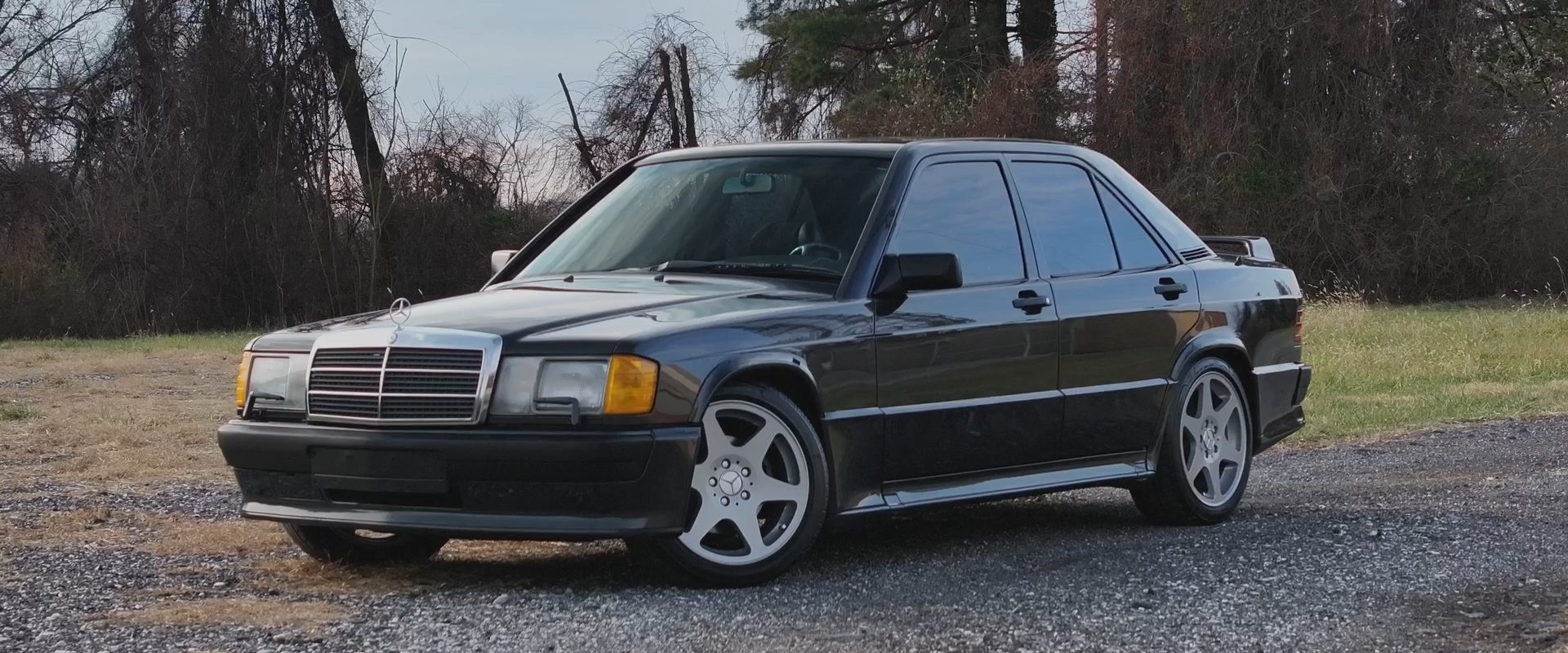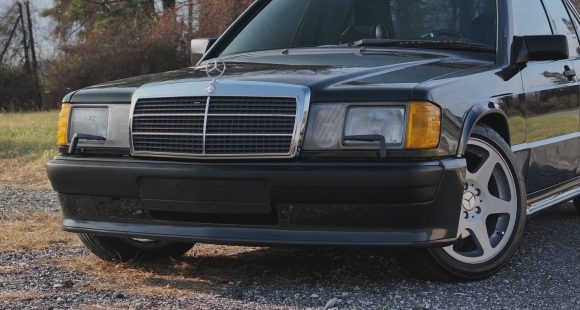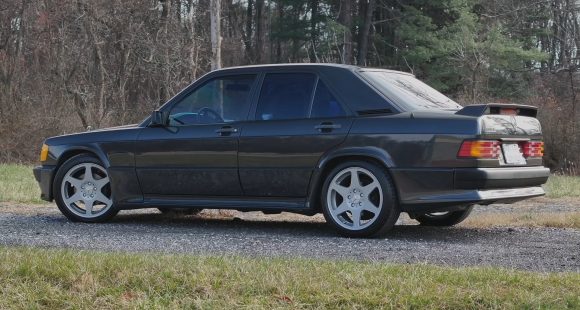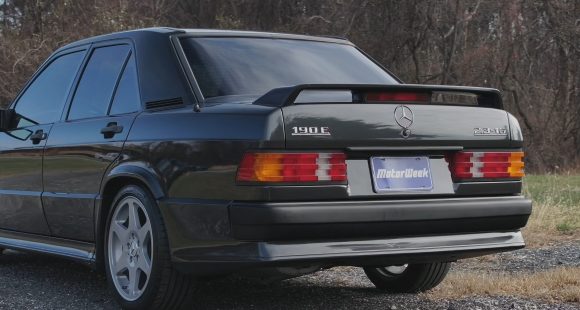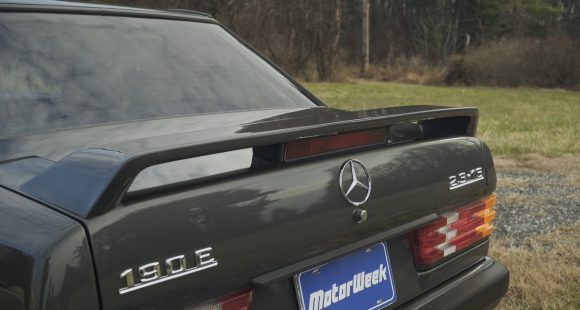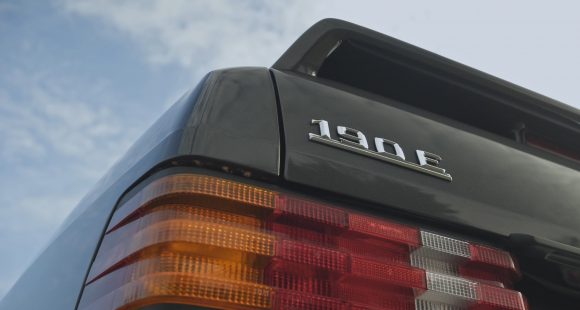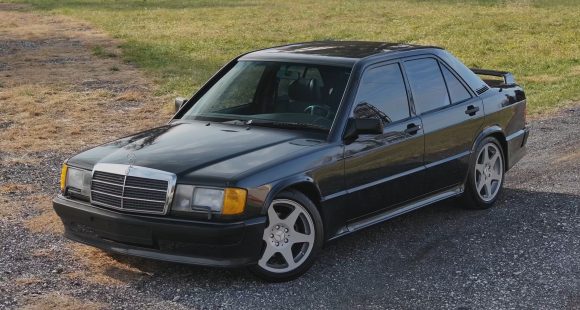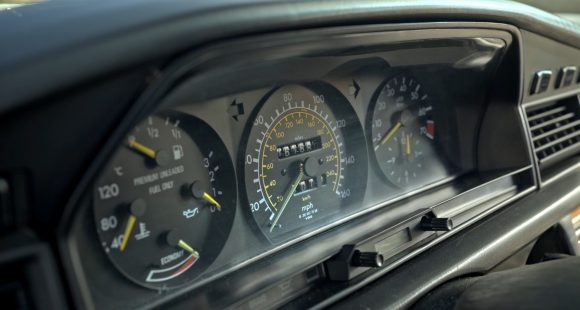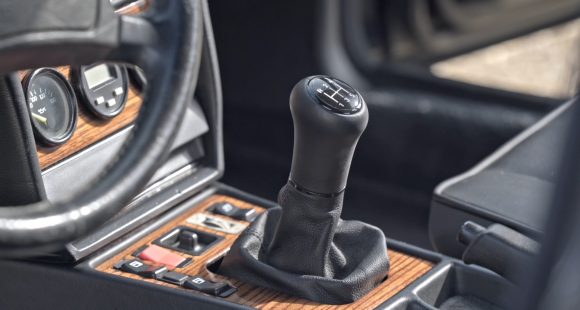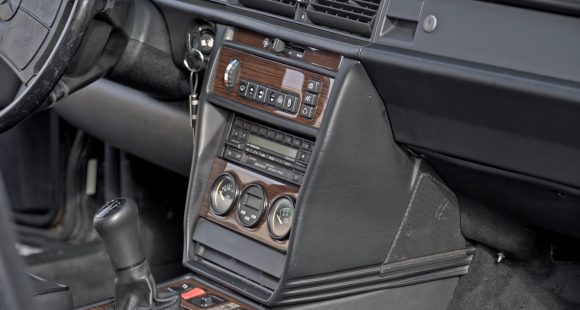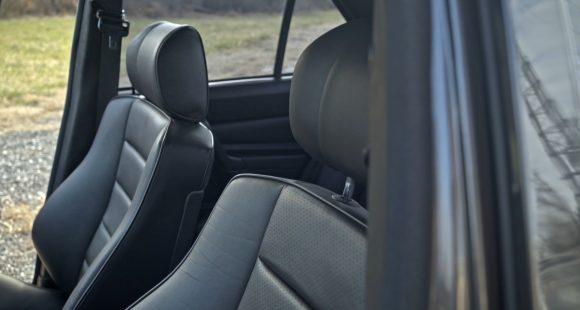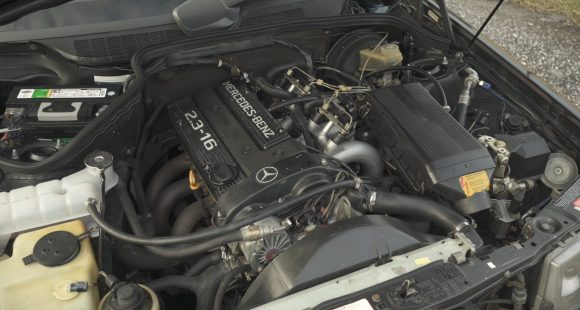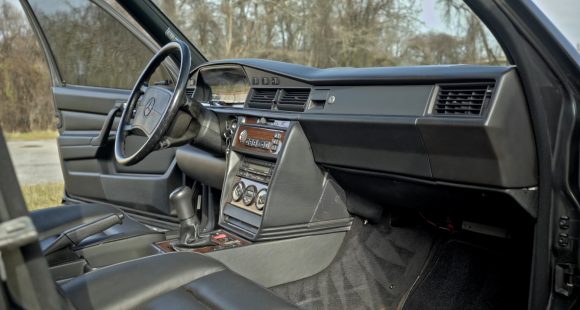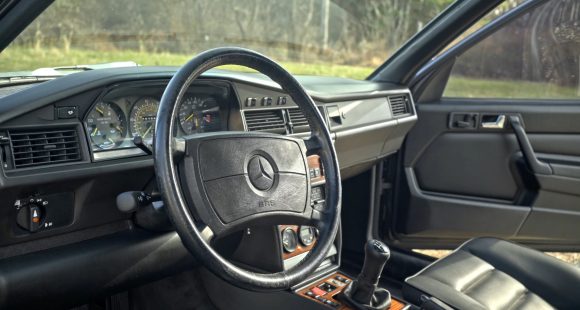2018 Tesla Model 3
Tesla is a car company unlike any other; doing business more like a tech startup than an automotive brand. That’s served them well for their high priced S sedan and X utility. But, things have not gone smoothly for the entry-level Model 3. Still, they are coming out of the factory in decent numbers now, so its high time to find out if it’s a must have gadget, or truly the car of tomorrow…today.
It’s fitting that Tesla chose Model 3 as the name for their entry-level EV, as they are looking to do for battery electric sedans what the BMW 3 Series has done for sport sedans, become the new benchmark for others to follow.
Other than lacking an upper grille slot, the compact Model 3 bares a strong resemblance to the larger Model S. Its slick front end leads to a very big windshield; where the arching roofline flows hatchback-like to a very short rear deck and tall back end.
Body panel fitment is not as great as what you’d find in the typical luxury car, let alone a Hyundai Elantra; but we hear improvements are being made as production continues to ramp up.
 The interior is surprisingly pleasant; new era minimalism at its finest. Just a long linear dash with air vents, a steering wheel with two stalks, and a horizontal touch screen jutting out of that IP. No buttons, dials, knobs, to be found, save for some programmable scroll wheels on the steering wheel.
The interior is surprisingly pleasant; new era minimalism at its finest. Just a long linear dash with air vents, a steering wheel with two stalks, and a horizontal touch screen jutting out of that IP. No buttons, dials, knobs, to be found, save for some programmable scroll wheels on the steering wheel.
All info is displayed on that 15-inch center video panel, and there’s a wealth of it; however, it is fixed and cannot be tilted towards the driver, requiring you to take your eyes off the road a lot. Making things worse, there’s quite often a glare on the screen that keeps you from seeing it clearly.
All seating positions are rather comfortable; and both rear and front trunks offer plenty of space for storage.
On the road, the ride is well composed, with a solidly tight but not jarring ride. It indeed drives much like a European sport sedan.
 Our test car came courtesy of local owner Bill Clarke, and the excellent driving experience is his favorite aspect of the car.
Our test car came courtesy of local owner Bill Clarke, and the excellent driving experience is his favorite aspect of the car.
BILL CLARKE: “The Model 3 is a great vehicle as a driving vehicle; it feels tight, responsive, very powerful. The handling is similar to a BMW in my opinion; I like that nice, tight German feel to a car. The power is almost as much as the Model S that I had previously, so a nice quick responsive car.”
JOHN DAVIS: There is a somewhat noisy rear suspension, mostly noticeable because of the lack of engine noise. But, Bill’s right on; with an output of 271-horsepower the Model 3 is quite fast. A typical 0-60 run takes about 5.0-seconds.
There’s also lots of windshield to look through, giving you a wide angle view of all that lies ahead. And, with our car’s Premium Package, the full length glass roof means everyone on board can sight see.
This rear-driver also had the Long Range battery pack, which is the only one available right now. Tesla doesn’t provide exact specs, but it is rated in the neighborhood of 70-kWh. Base 50-kWh models, as well as twin-motor all-wheel-drive versions, will be added into the production mix later this year.
There’s 310 miles of range with the bigger battery, so we’d go with that. Range for the base model is 220-miles.
 Just as in its larger kin, the Model 3’s charging port is integrated into the driver’s side tail light cluster. Still cool, no matter how many times we see it.
Just as in its larger kin, the Model 3’s charging port is integrated into the driver’s side tail light cluster. Still cool, no matter how many times we see it.
We are definitely not sold however, on the no key aspect. We actually had an app snafu with our test car, and even the backup proximity card wouldn’t let us get the car started quickly.
The government gives the Model 3 MPGe Ratings of 136-City, 123-Highway, and 130-Combined. For a near perfect Energy Impact Score, responsible for just 2/10 of a barrel of oil use annually and zero CO2 emissions.
The $35,000 mass market Model 3 that garnered all of the original hype and down payments has yet to emerge. Only the bigger battery model is available right now. That means with other extras like the Premium Package and Auto Pilot, this “3” can easily top $50,000. So, it’s still mostly an early adopter proposition.
Still, the 2018 Tesla Model 3 is the best convergence of high technology and the practical automobile that we’ve yet seen. And, it does drive great! Yet, it remains to be seen if it truly is the game changing car of the future. But, one thing is for sure; it is here right now, and will be the populous EV benchmark for years to come.
Waste Not Want Not
JOHN DAVIS: The concept of renewable fuels made from non-petroleum sources has a long history. Indeed, over the last four decades, we’ve seen how renewable fuels have been used with great success as sustainable alternatives to traditional gasoline and diesel. So, we thought we’d check out three examples where fast responses rely on reliable fuels, and see how green solutions are leading the way forward!
Our first stop is Vancouver, Washington, where the city’s fire department has made the switch to renewable diesel for its 27 fire trucks, engines and EMS squads. Also called RD or R99, renewable diesel is not the same as biodiesel. It is refined from plant oils and animal fats to become chemically identical to conventional diesel, which biodiesel is not. R99 performs better in cold weather and can be used without modification in any diesel vehicle.
The process of burning carbon soot out of a conventional diesel’s exhaust particulate filter, known as regen, can take a truck out of service for several hours over the course of a week. Using R99 instead, less soot builds up, increasing the regen intervals and requiring a less intense regen procedure.
The Vancouver Fire Department responds to 51,000 emergency calls each year, so every minute of downtime in the shop can be the difference between life and death.
CHUCK WINKLER: These vehicles have to work 100% of the time, all the time. So, reliability is our number one… Safety and reliability is our number one goal here, and R99 has really helped with that 100% reliability.
JOHN DAVIS: Then there is UPSA, one of world’s largest delivery fleets with 125,000 vehicles. UPS obtains nearly 40% of their transportation fuel from low-carbon sources, and has driven over 4 billion miles on alternative fuels. They are also the largest consumer of renewable natural gas in the transportation industry.
AL MURAT: While electric cars, electric vehicles, Es are going to play an important role, right now CNG and RNG is one of the important bridge points to getting there. So, rather than wait for those alternatives to grow in technology, we’re leveraging RNG right now as one of the best solutions.
JOHN DAVIS: RNG, also known as biomethane, is derived from decomposing organic matter at landfills, wastewater treatment plants, livestock farms, and food production facilities. RNG is interchangeable with conventional natural gas and can be used in existing pipelines.
This renewable natural gas fueling station at UPS’ eastern zone hub in Pennsylvania, is the largest in the UPS network. It services 220 tractors and 150 delivery vehicles, displacing 8 million gallons of diesel fuel per year. Renewable natural gas literally turns waste into clean energy, and is helping big brown deliver on its longtime commitment to go green.
Whenever a green flag drops, the extreme conditions of motorsports competition have long served as a testing ground and accelerator for technological development, and that now includes sustainability. Race organizers around the world have set a goal of achieving carbon neutrality by 2030, and aim to reduce race-related emissions by 30%. The world endurance challenge series, which includes the 24 Hours of Le Mans, now runs on a 100% renewable fuel derived from grape residue.
In a sport where lightning fast reflexes and instant throttle response can mean the difference between first place and also ran, a stable, power-dense fuel is a must, and you gotta admit, running race cars on wine is pretty dang cool!
These three sustainable petroleum substitutes are all winning formulas, ones we will be keeping an eye on.
1986 Mercedes-Benz 190e 2.3-16
Almost 40 years ago, we test drove the then-new Mercedes 190e 2.3-16, the first in what would become a legendary line of performance-focused sedans from the German auto giant. And at the time, we were thrilled by Benz’s ability to balance speed, practicality and comfort. Little did we know that that 190e would kickstart a legacy of thrilling three-pointed-star sports sedans. But how does that classic saloon stack up four decades later? Well, our Roger Mecca decided to find out.
ROGER MECCA: In the 1980s, before Mercedes became synonymous with the performance sub-brand AMG, the giant car company was known for making luxurious but somewhat unexciting sedans. But that doesn’t mean they were okay with simply letting other brands get all the attention.
Occasionally, Mercedes would shake off their stuffiness and make some truly remarkable cars, like the beautiful 300 SL gullwing, but I don’t even think they predicted what would happen when they debuted this, the 190e 2.3-16 valve.
Jatinder Sehmi is the owner of this 1986 Mercedes-Benz 190e 2.3 16V. He saw his first one at just 8 years old and from then on he was determined to have one. And when he finally did grab a set of keys of his own, he was hooked for life.
JATINDER SEHMI: I will never get rid of it. It’s just… it’s, again, it’s so fun to drive. Every time I get in it I just smile, and I just want to keep those revs up 4,000-6,000. It’s… it’s so fun.
ROGER MECCA: One of the reasons his smile never fades is what older performance cars like the 2.3-16 offers drivers that even today’s most powerful supercars sometimes can’t: a true driving connection.
JATINDER SEHMI: It’s a different type of car. They’re way more fun than nowadays. You’re connected with these. These are analog cars. Those cars have a lot of aids, you feel a little disconnected from the newer stuff, and that’s one of the reasons why cars like this, and any 80s and some 90s cars, put such a smile on your face when you drive them. It’s ’cause you’re connected with the car. You feel at one.
ROGER MECCA: That feeling isn’t an accident when you consider the 2.3-16’s origin story. Mercedes chose the small and sedate 190e as the base for its new rally racer, replacing the 450 SLC. Plans were drawn off to have an outside firm tune the engine to 320 horsepower, a massive number in the early 80s; but before Mercedes could even hit the dirt, Audi unleash the now legendary four-wheel-drive Quattro. Mercedes knew it’s rear-wheel-drive sedan could never keep up. Leadership wanted to scrap the whole thing, but engineers saw the racing potential and convinced executives to enter the car into the DTM German Touring Car Championship. It was a huge success, but more importantly touring car rules dictated that Mercedes had to make the 2.3-16 available to consumers.
Now, you might be wondering “well, where was AMG in all of this,” right? I mean, for the last forty years, if you think about a fast Mercedes you think about AMG. But in the early 1980s, AMG was just another race tuning company. They were completely independent from Mercedes. So, when Mercedes wanted to go after the best of the best tuning companies, they called Cosworth.
The Cosworth relationship was short lived with AMG tuning the 2.3-16 successor, the 2.5-liter, which saw even more power and more modifications. The nearly 9-second 0-60 time isn’t impressive today, but this car was never about speed off the line. The 16-valve inline-four loves to rev, and when it gets going the speed and fun arrive quickly.
There was a perfect little sweet spot in the power band between around four- and seven-thousand rpm where this little Cosworth engine really comes to life, and it makes you want to go faster and drive harder. And thankfully, Mercedes made sure the chassis was up to the task.
In fact, in our 1986 review, we described the ride as firm but never harsh, making it the most nimble Mercedes we’ve ever driven. Mercedes used a then-advanced suspension featuring a five-link rear end with self-leveling shock absorbers, while tightening up everything else from the shocks to the stabilizer bars. They also added a wing, skirts, wheel flares, and attached splitters and an air dam to keep it all planted. Large ventilated ABS brakes were also used, allowing the car to stop remarkably well. Once inside, owners found a dog-leg five-speed shifter with long throws that’s perfectly fine being rushed aggressively. The back seats were just as bolstered as the front, which means that this four-door is strictly a four-seater.
Our original 1986 review stated that the 2.3-16V set a performance precedent for Mercedes. Today, that performance and excitement is still delivering plenty of smiles, proving age really is just a number.









